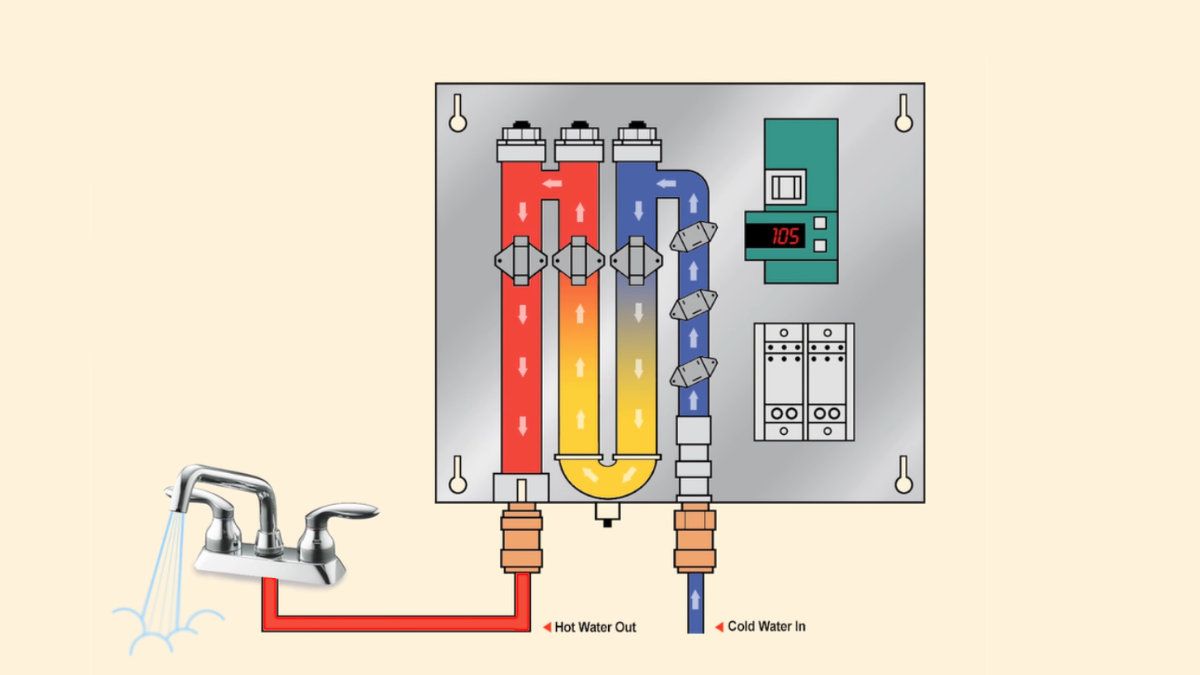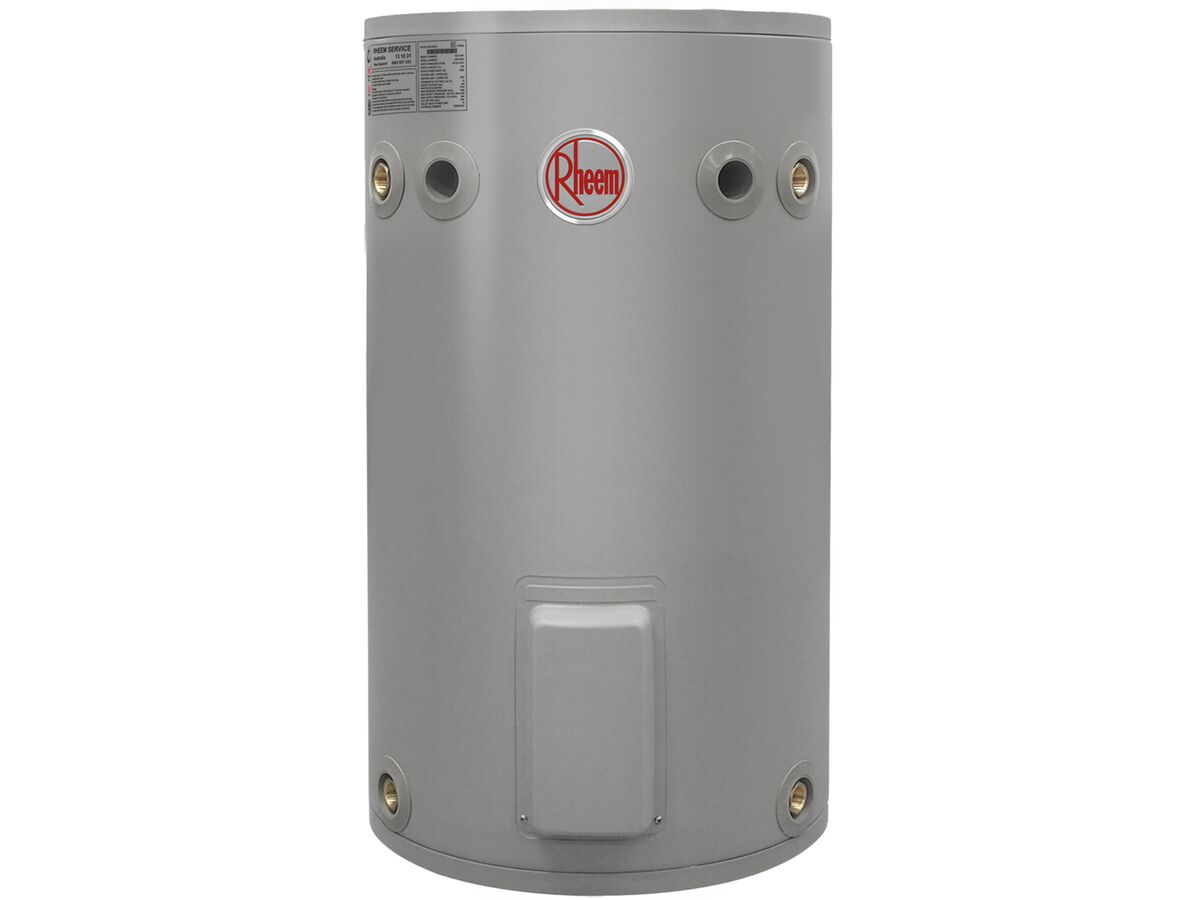The Of Takagi Tankless Water Heaters - Endless Hot Water


Water to Water Domestic Hot Water Generation Systems
Takagi Tankless Water Heaters - Endless Hot Water Things To Know Before You Get This
The system ought to be developed so that the fuel will burn as totally as possible. The design should permit as much of the heat created as possible to go into the water. The system must allow as little heat as possible to leave unused. The Firebox The most fundamental part of any hot-water system is the firebox or combustion chamber.

100 to 300Liter solar hot water system with heat pipe vacuum tube,10 to 30 tubes solar water heating, solar water heating solar heater solar geyser - Buy China solar hot water system
The most common issue with home-built hot-water systems is an improperly created firebox. Unfortunately this is also among the most tough problems to fix without redesign and restoring the firebox. To hot water system Adelaide for a correctly designed firebox, it is necessary to understand how wood burns. Combustion (burning) is a procedure in which oxygen integrates chemically with the fuel, releasing heat.
Once begun, however, the reaction can be self-sufficient. Many people know that fuel and oxygen are required for burning to occur. Numerous do not realize, nevertheless, that heat is also required. Numerous issues in hot-water heating unit can be traced to inadequate heat in the combustion chamber. The 2 main elements of wood are cellulose and lignin.

7 Steps for Calculating the Price of a Hot Water System
The Single Strategy To Use For Water Heater - Georgia Power

As the temperature of wood is raised, some of the unstable products discovered in the wood water, waxes, and oils begin to boil off. At about 540F, the heat energy will cause the atomic bonds in some of the wood particles to break. When the heat breaks the bonds that hold together the atoms that comprise lignin or cellulose, brand-new compounds are formed substances not originally discovered in the wood.
These new substances might be gases such as hydrogen, carbon monoxide gas, co2, and methane or they might be liquids and semisolids such as tars, pyrolitic acids, and creosote. These liquids, in the type of small droplets and semisolid particles, along with water vapor make up smoke. Smoke that heads out the stack (chimney) unburned is lost fuel.
At temperatures in between 700 and 1,100 F (depending on the percentages present) oxygen will unify with the gases and tars to produce heat. When this happens, self-sustaining combustion takes location. At some time throughout the burning of a piece of wood, all the tars and gases will have been driven off.
